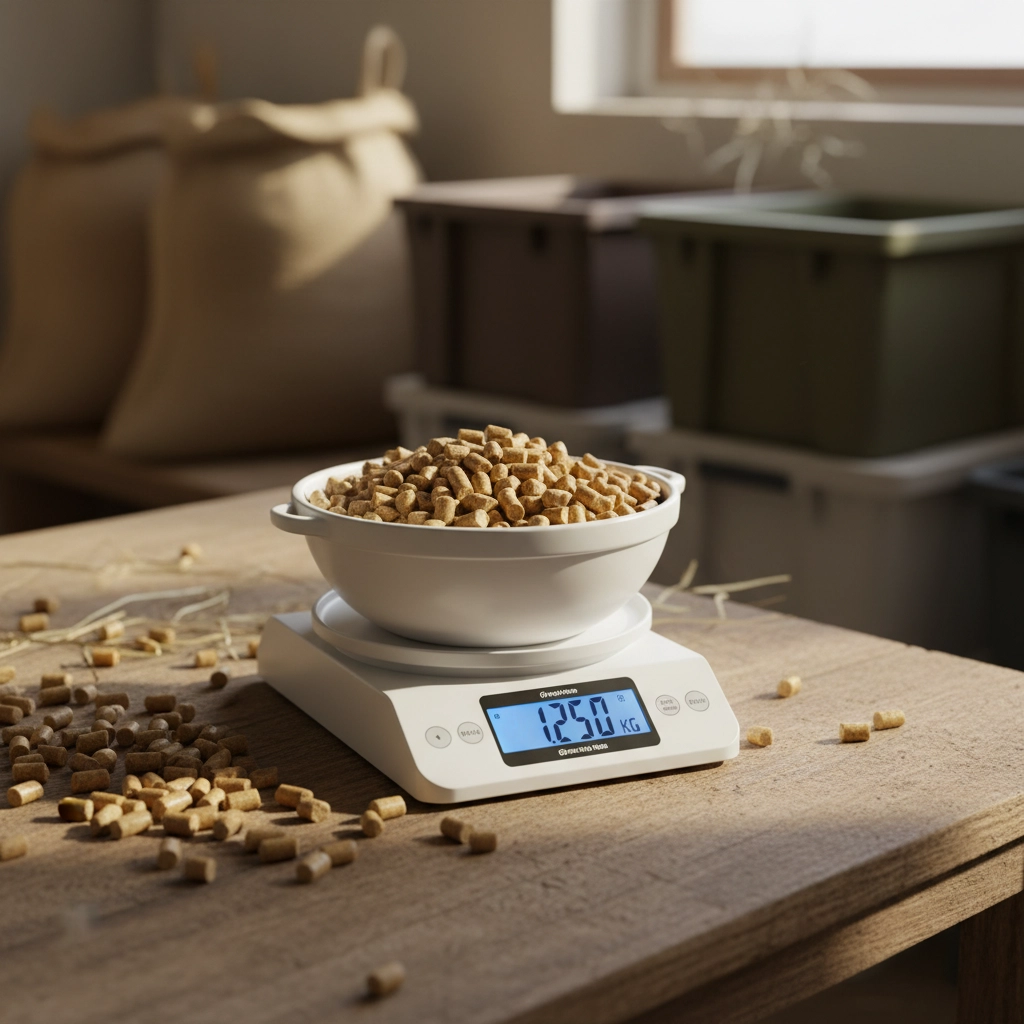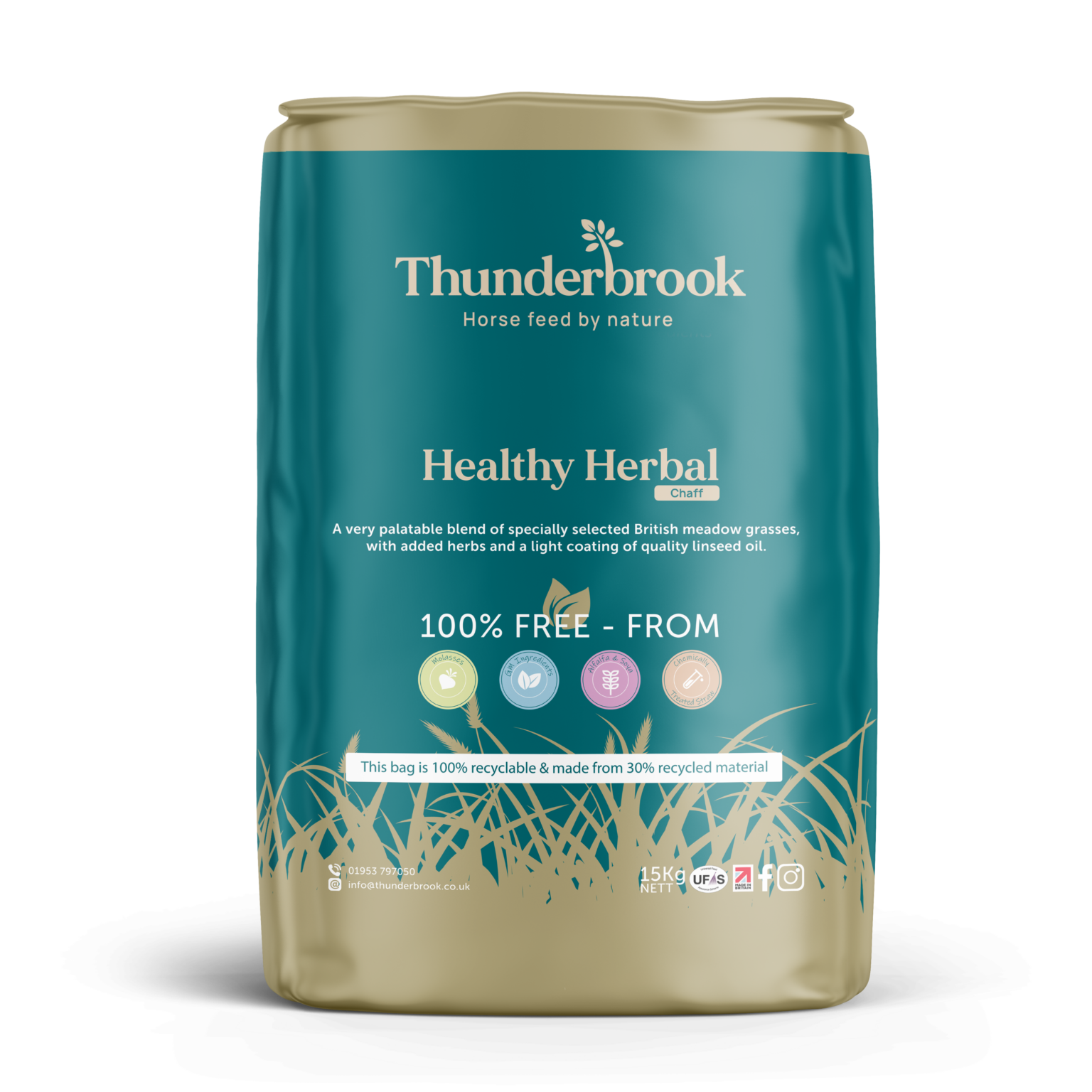Let's be honest – feeding horses can feel like trying to solve a puzzle with constantly moving pieces. 🐴 One day your horse looks perfect, the next they're either too chunky or too thin, and you're left wondering what on earth went wrong. The truth is, even experienced horse owners make feeding mistakes that can impact their horse's health, behaviour, and wallet.
Don't worry though – most of these issues are totally fixable without breaking the bank. Let's dive into the seven most common feeding mistakes and how you can sort them out, no matter what your budget looks like.
Mistake #1: You're Overfeeding (And Your Horse is Paying the Price)
Here's the thing – more isn't always better when it comes to horse feed. Many of us have this instinct to fill up that feed bucket, especially when our horses give us those pleading looks! But overfeeding can lead to serious health issues like laminitis, colic, and obesity.
The quick fix: Start weighing your horse's feed instead of eyeballing it. A simple kitchen scale (you can grab one for under £15) will completely change your feeding game. Check the recommendations on your feed bag – they're there for a reason! Most pleasure horses need far less grain than we think, and quality forage should be doing most of the heavy lifting.
If your horse is carrying extra weight, gradually reduce portions over a couple of weeks rather than making dramatic changes overnight. Your horse's digestive system will thank you for it.

Mistake #2: Your Feeding Schedule is All Over the Place
Horses are creatures of habit, and their digestive systems work best with consistency. Feeding at 7am one day and 10am the next, or skipping meals when life gets busy, can cause stress and digestive upset.
The quick fix: Set feeding times that actually work with your lifestyle and stick to them. If you're not a morning person, don't plan 6am feeds! Choose realistic times – maybe 8am and 6pm – and try to keep within 30 minutes of these times daily.
Can't always make it? Ask a yard friend to help out, or consider automatic feeders for smaller portions. The key is predictability – your horse's gut bacteria thrive on routine.
Mistake #3: You're Storing Feed Like It's Going to Last Forever
That bag of feed sitting in a damp corner of your feed room? It's probably not doing your horse any favours. Poor storage leads to mould, loss of nutrients, and sometimes downright dangerous toxins. Plus, mice and rats love poorly stored feed!
The quick fix: Invest in proper storage containers with tight-fitting lids. You don't need anything fancy – galvanised bins or even large plastic containers work brilliantly. Keep them in a dry area and make sure they're pest-proof.
Always use the "first in, first out" rule – use older feed before opening new bags. And here's a money-saving tip: only buy what you can use within 6-8 weeks. Fresh feed is more nutritious and safer for your horse.

Mistake #4: You're Not Paying Attention to Your Forage Quality
Many of us treat hay as just "something to keep them busy," but it's actually the foundation of your horse's diet. Poor quality hay – think dusty, stemmy, or mouldy stuff – can cause respiratory issues and doesn't provide the nutrition your horse needs.
The quick fix: Learn to assess your hay quality. Good hay should smell sweet, be relatively dust-free, and have a nice green colour. Avoid anything that smells musty or has white patches (mould).
Yes, quality hay costs more upfront, but horses often maintain better condition on good forage alone, meaning you might actually save money on concentrates. If budget's tight, consider buying in bulk with other horse owners – you'll often get better prices and can split the delivery costs.
Mistake #5: You're Either Over-Supplementing or Under-Supplementing
This one's tricky because it goes both ways. Some horses get a supplement for everything under the sun, while others get nothing beyond basic feed. Both approaches can cause problems – over-supplementing can create toxic levels of certain nutrients, while under-supplementing might leave gaps in nutrition.
The quick fix: Take a good look at what your horse actually needs. If you're feeding a quality commercial feed at the recommended rate, your horse probably doesn't need extra vitamins and minerals.
Focus supplements on specific issues – joint support for older horses, or a vitamin E supplement for horses on poor pasture. And here's a budget tip: a simple salt block is often the most cost-effective supplement you can provide! Most horses are actually deficient in salt, and it's dead cheap to fix.

Mistake #6: You're Not Adjusting Feed for Age, Work, or Season
Feeding your 25-year-old retiree the same as your 8-year-old competition horse? Or keeping the same feeding routine year-round regardless of workload? This mismatch can leave horses either lacking energy or carrying excess weight.
The quick fix: Regularly assess your horse's needs. Older horses might need more digestible feeds or smaller, more frequent meals. Horses in light work don't need performance feeds designed for athletes.
Seasonal adjustments matter too – horses often need more calories in winter to maintain body heat, and less when spring grass comes through. The good news? Many of these adjustments involve changing how much you feed rather than buying different products, which keeps costs down.
Mistake #7: You're Not Monitoring Weight and Body Condition
This might be the most important mistake on our list. Many feeding issues go unnoticed until they become serious problems. Weight creeps on gradually, or horses lose condition slowly, and by the time we notice, it's harder to fix.
The quick fix: Learn to body condition score your horse (there are loads of free guides online). Do this monthly and keep notes. You don't need fancy scales – your hands and eyes are perfectly good tools for monitoring condition.
Take photos from the same angles monthly – sometimes changes are more obvious in pictures than in person. If you spot changes early, small feeding adjustments can prevent big problems down the line.

Your Action Plan (Without Breaking the Bank) 💡
Here's how to tackle these mistakes practically:
This week: Start weighing your feed and set consistent meal times. Both cost nothing but attention to detail.
This month: Assess your hay quality and storage setup. Fix any obvious issues with cheap solutions like proper containers or better storage locations.
Ongoing: Monitor your horse's condition monthly and adjust feeding accordingly. Consider whether your current supplements are actually needed.
Getting Support When You Need It
While these tips will sort out most common feeding issues, every horse is individual. If your horse has specific health conditions, is a poor doer, or you're just not sure about their nutritional needs, chat with your vet or an equine nutritionist. Many provide consultations that can save you money in the long run by preventing problems.
At Ashurst Equestrian & Country, we're always happy to chat about feeding approaches and help you choose the right products for your horse's needs. Whether you need quality feeds from our feed room collection, advice on storage solutions, or just want to pop in for a conversation about your horse's diet, we're here to help.
Plus, with our click & collect and local delivery services, getting the right feed for your horse doesn't have to be another chore on your never-ending list. We get it – horse ownership is expensive enough without making it harder than it needs to be!
Remember, good nutrition doesn't have to cost the earth, but the benefits for your horse's health and happiness? Those are absolutely priceless. 🐴✨



